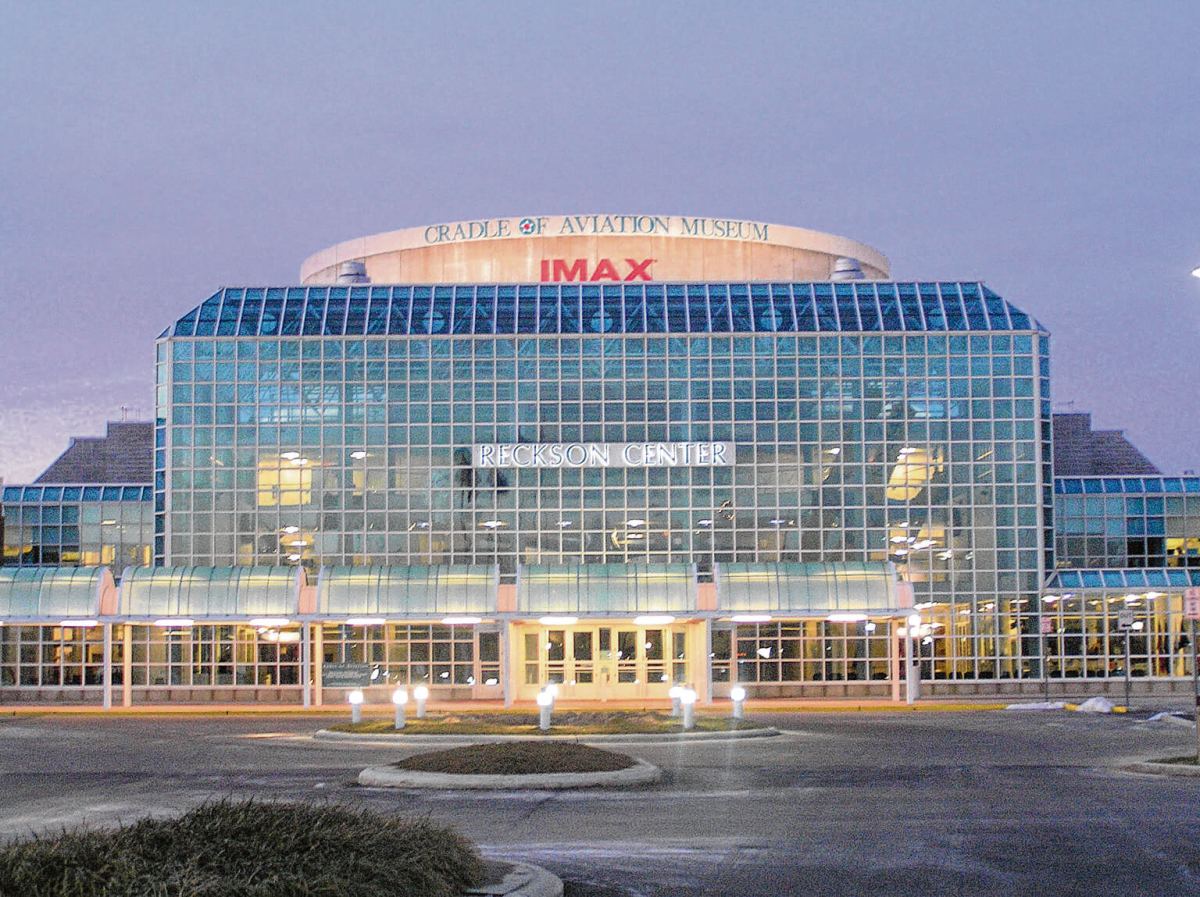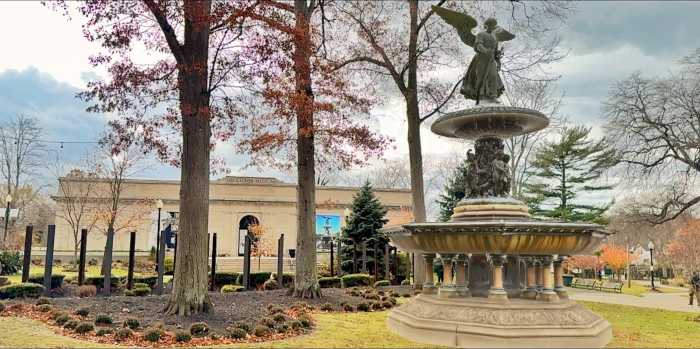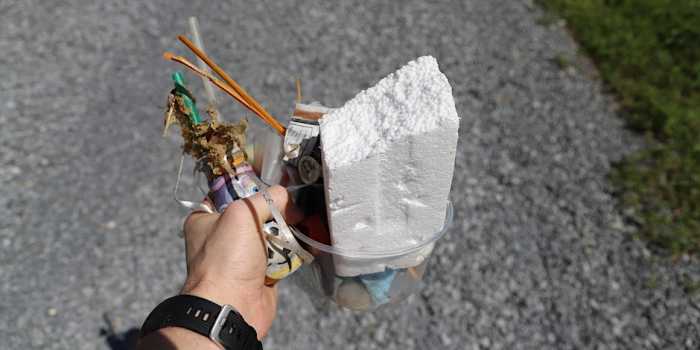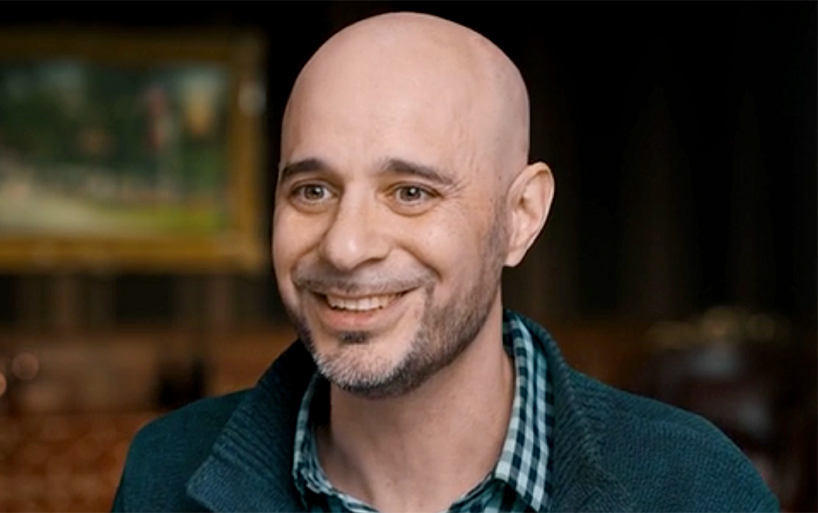On a sunny, windy day in mid-September, a large group gathered outside the Cradle of Aviation Museum to witness a ceremony many thought was long overdue: The last F-14D Tomcat ever built by the former Grumman Corp. was placed on display outside the museum in Garden City.
That final Tomcat — nicknamed “Felix 101” — had been on display at 600 Grumman Road West in Bethpage since 2008. That address is the home of Grumman’s successor company, Northrop Grumman. Los Angeles-based Northrop acquired Grumman, once Long Island’s largest employer, in 1994.
But the placement of Felix 101 was not just ceremonial. It marked yet another way for the Cradle to attract more tourists, and more revenue. The Cradle is a museum, to be sure. But, its president and board members say, it is also a business.
While the Cradle does not need to post a profit, it must be self-sustaining, as it receives no funding from Nassau County, even though the county owns the building, said Cradle president Andy Parton.
“We are responsible on our own for keeping the doors open and the lights on,” Parton said in an interview. “We have to create streams of revenue.”
Running a business is something familiar to Parton. Just before joining the Cradle in 2005, Parton worked for 19 years at JPMorgan Chase as vice president, director of marketing for the company’s commercial banking group.
Parton was friendly with a Cradle board member who said the museum was seeking someone with a marketing background and was hired as acting director for one year and soon after became executive director, a position he held for about five years. He became the Cradle’s president in 2018.
“I run this like a business,” he said. “Museums are a business.”
The Cradle is a nonprofit, and the legal entity it operates under is called the Museums at Mitchel.
The Cradle must raise between $3 million to $4 million annually to sustain itself, Parton said. To do so, it holds fundraisers and receives grants from foundations. The largest comes from the Berlin Foundation, started by Dan Berlin, the founder of Arkwin Industries Inc., a Westbury-based manufacturer of aircraft parts. Arkwin does not have a connection with the Berlin Foundation. Dan Berlin died in 2010.
Parton declined to say how much the Foundation donates, but said “it’s in the six figures.”
The cradle employs 21 full-time people and 10 part timers.
Anne Shybunko-Moore, a vice chair of the Cradle’s board and chief executive of GSE Dynamics Inc., which makes military mechanical and structural components, in Hauppauge, said she has been lecturing around the country about the growing role of museums as businesses.
“I’ve been speaking nationally about this,” Shybunko-Moore said. The museums, she said, provide a legacy that must be maintained for future generations.
“The museum is a business,” she said. “It has a budget like any other business. And it’s not a stationary business. It has to be dynamic.”
Since taking over, Parton has initiated programs to transform the Cradle into an education center, with an emphasis on S.T.E.M. disciplines of science, technology and engineering. He has also expanded the Cradle for science-based competitions, including the Rube Goldberg Machine Contest. There are also events, such as weddings, bar-mitzvahs, at bat-mitzvahs, that provide revenue.
For those enamored by the idea of flight – suborbital or orbital – the Cradle offers a plethora of exhibits. There are about 75 aircraft on display, including the third F-14 ever built, a preproduction model used to determine the plane’s aerodynamic capabilities. The museum also houses the A-10 Thunderbolt II, built by the former Fairchild-Republic Company in East Farmingdale, and Charles Lindbergh’s famous Curtiss Jenny, which he used to barnstorm the Midwest.
One of the most prized exhibits, though, is the Apollo Lunar Module (LM), built by Grumman during the Apollo program, aimed at getting astronauts to the moon in the 1960s. (Grumman built “Eagle,” the Lunar Lander that took astronauts Neil Armstrong and Buzz Aldrin to the moon in 1969.)
The LM on exhibit at the Cradle was scheduled to land on the moon with the Apollo 19 mission, but the National Aeronautics and Space Administration canceled that mission and the Apollo program ended in the early 1970s.
Parton said that about half the exhibits at the Cradle are World War II vintage or even prior to that. The Cradle contains eight chronological galleries, and is one of the few in the U.S. to offer pioneer airplanes, civil, general, and commercial and jet airplanes as well as spacecraft. It also houses the LeRoy R. Rose W. Grumman Dome Theater, offering digital format films, and the Catholic Health Planetarium, a digital planetarium. There is also a gift shop and an onsite cafeteria.
When it comes to running the Cradle, Parton is all business. “If I’m going to run a program, I have to make sure that the program pays for itself. You have to create revenue streams.”
The Cradle averages about 350,000 visitors a year, and admission prices vary. Those interested should consult the website, cradleofaviation.org.



































